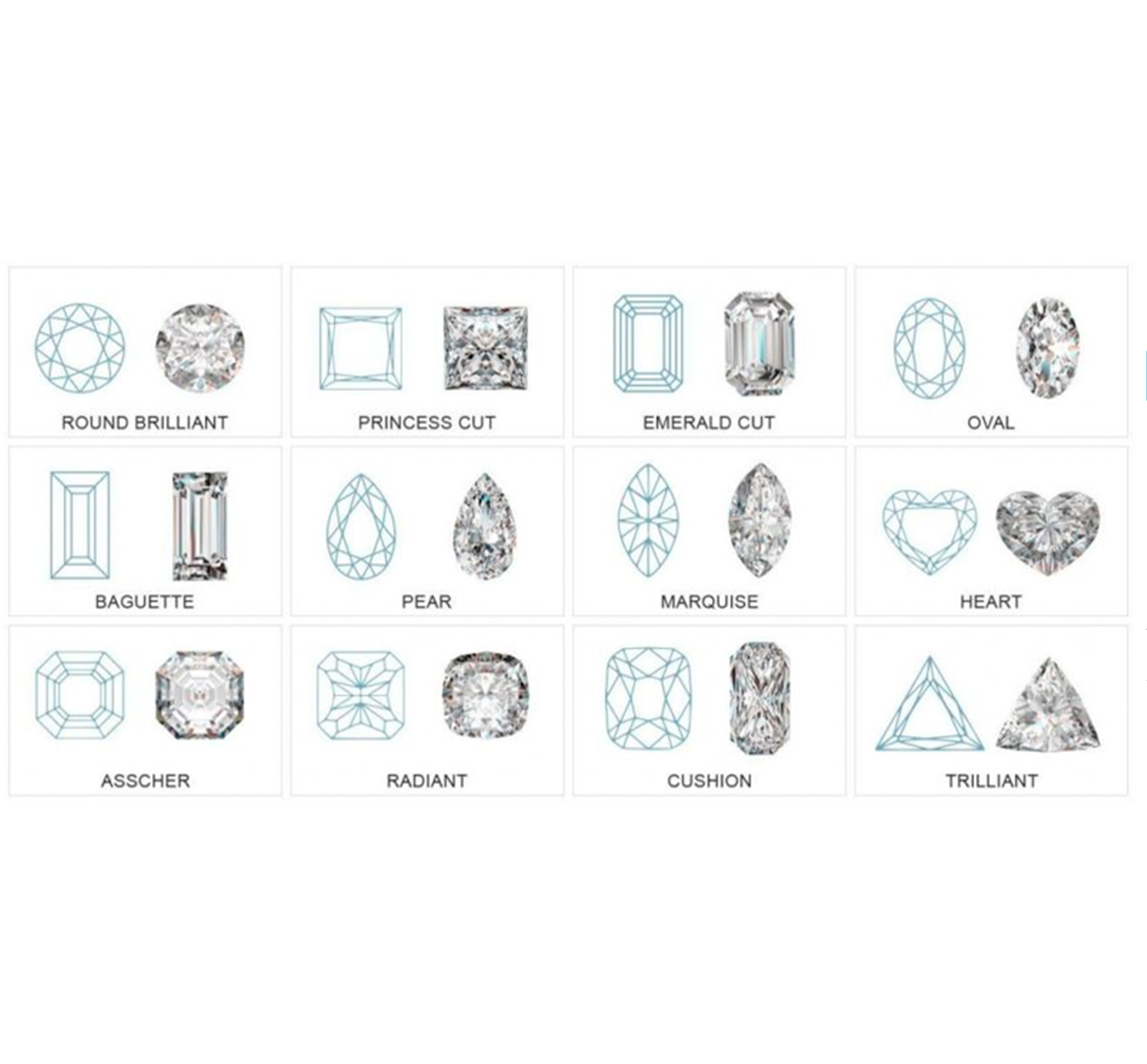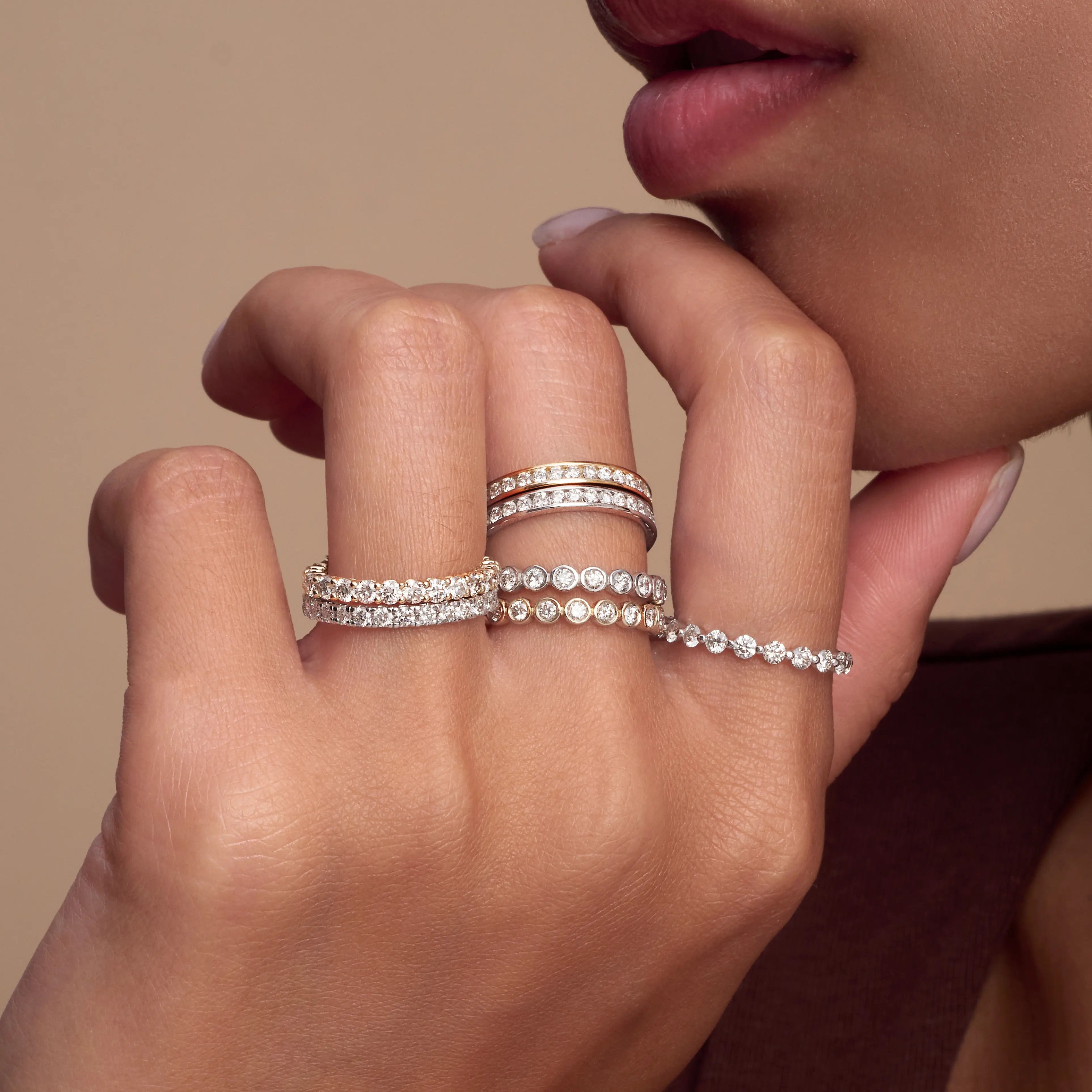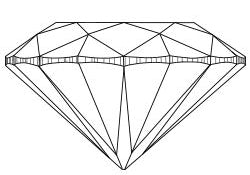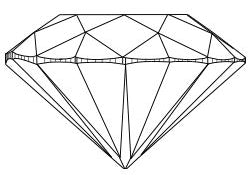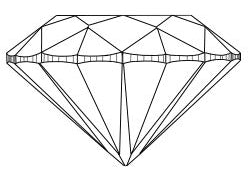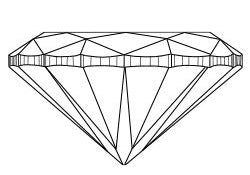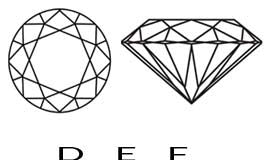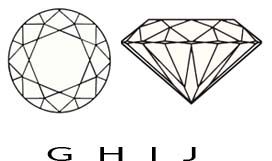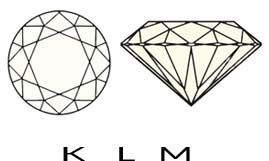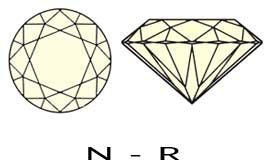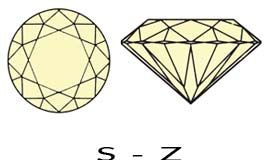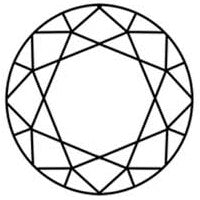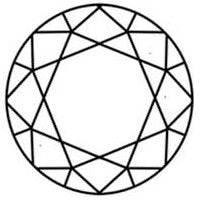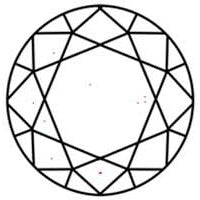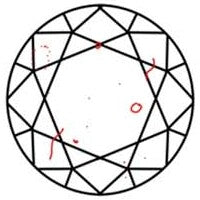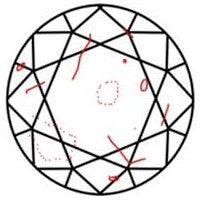The 4 C’S Diamonds
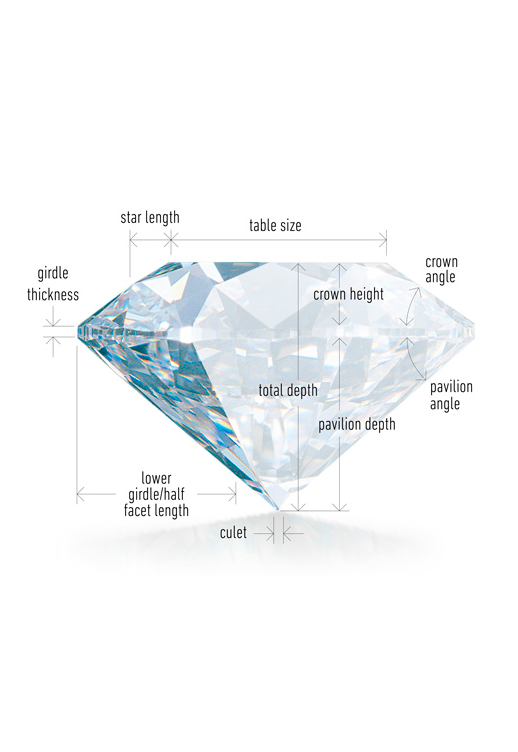
Cut
The term "cut" of a diamond is often confused with its shape, which can include styles such as pear, oval, round, heart, or marquise. However, the cut refers to the diamond's ability to interact with light, significantly influencing its beauty and value. The skill involved in cutting loose diamonds determines their overall appearance; a well-cut diamond will exhibit greater brilliance, while a poorly cut one may appear dull and lifeless. In essence, the cut of a diamond is what enables it to radiate light. To assess how effectively light will be reflected to the observer, one must examine the diamond from the pavilion angle. A cut that is too shallow will result in diminished light return, while a cut that is too deep will also lead to light loss. Conversely, a diamond with an ideal cut will facilitate the passage of light within it and reflect it back to the viewer.
Cut Grades of Diamonds
Color
Most diamonds appear white, but they actually come in a variety of subtle hues. The closer a diamond is to being completely colorless, the higher its value. The rarest and most valuable diamonds are those that are perfectly transparent and devoid of color. Worldwide, diamonds are assessed using a color scale that ranges from D to Z and is divided into five distinct categories.
Clarity
Diamonds inherently possess minor flaws, known as inclusions when located internally and blemishes when found on the surface. Clarity is a measure of the extent of these imperfections within a diamond. Generally, diamonds with a higher number of flaws exhibit reduced brilliance, while those with fewer imperfections tend to shine more brightly. The Gemological Institute of America (GIA) employs an 11-point scale to assess diamond clarity, taking into account the quantity, size, color, reflectivity, and location of each visible flaw when viewed under 10x magnification.
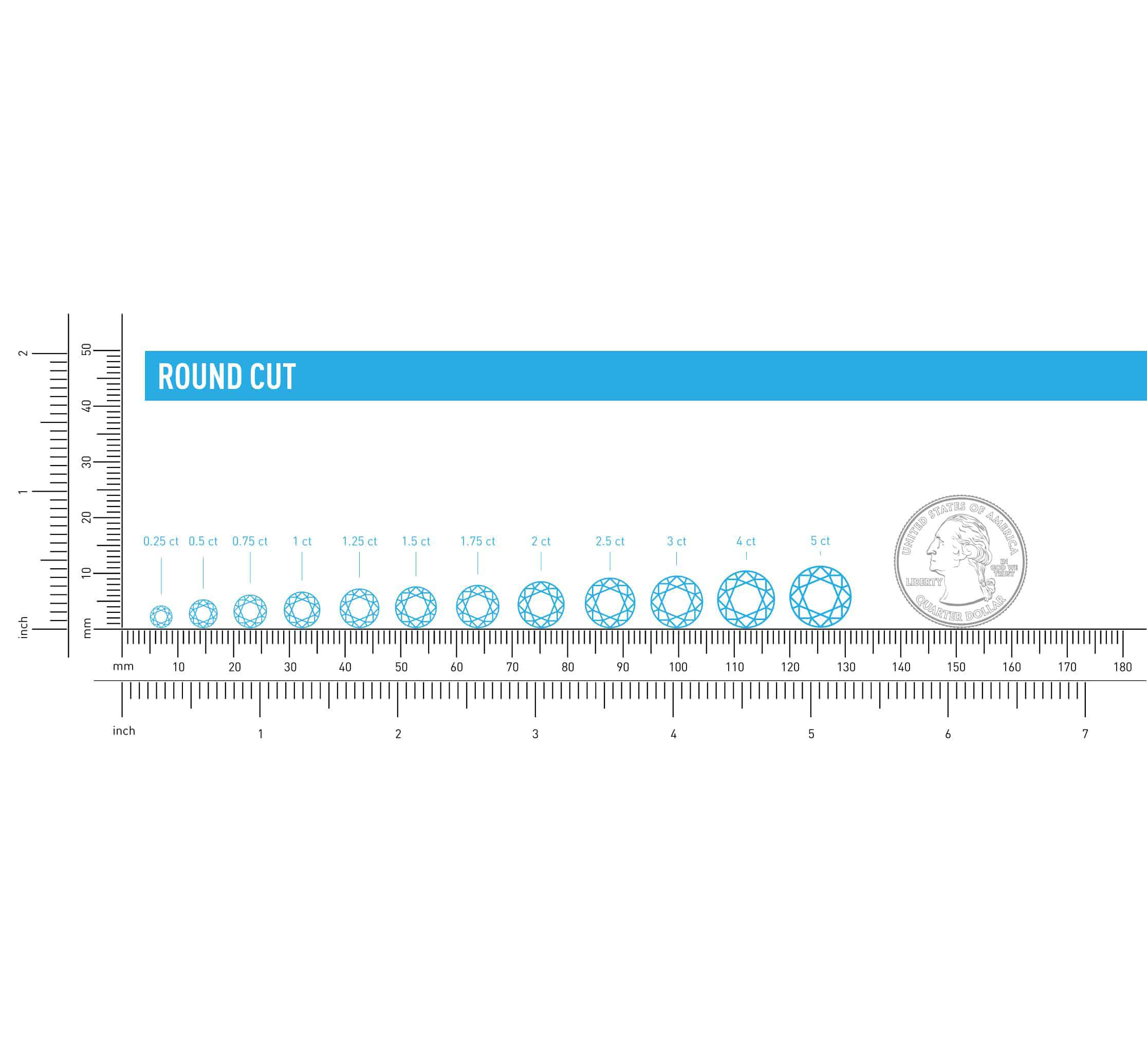
Carat
Carat is a measurement that indicates the weight of a diamond. In the United States, the majority of diamonds utilized in jewelry are typically 1 carat or smaller. The weight in carats significantly influences the price of the jewelry. For those considering an investment in a diamond engagement ring, diamonds weighing between 1 and 2 carats are often recommended, as they tend to offer superior quality and the sought-after brilliance.
Shape
Diamonds are available in a variety of shapes, with each one showcasing distinct characteristics that differentiate it from the rest. These unique features can influence how the diamond interacts with light, altering your perception of it. Ultimately, the choice of shape should align with your personal preferences.
